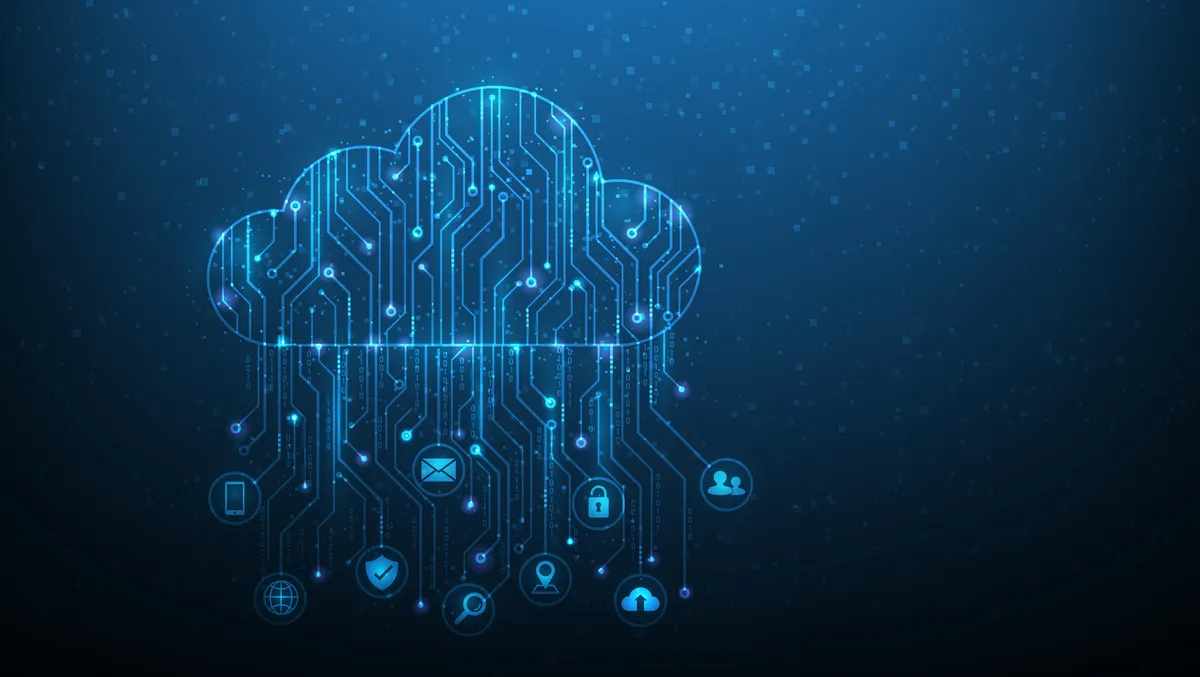
Google Cloud provides developers access to more blockchain data
Google Cloud has announced that it has added 11 more in-demand blockchains to the BigQuery public datasets program while improving existing datasets in the program.
This builds on Google Cloud's work with the community since early 2018 to democratize blockchain data through its BigQuery public datasets program and add six more datasets to the program in 2019.
"We're doing this because blockchain foundations, Web3 analytics firms, partners, developers, and customers tell us they want a more comprehensive view across the crypto landscape, and to be able to query more chains. They want to answer complex questions and verify subjective claims like 'how many NFTs were minted today across three specific chains?' or 'how do transaction fees compare across chains?' or 'how many active wallets are on the top EVM chains?'," says James Tromans, global head of Web3 at Google Cloud.
"Having a more robust list of chains accessible through BigQuery and new ways to access data will help the Web3 community better answer these questions and others, without the overhead of operating nodes or maintaining an indexer. Our customers can now query full on-chain transaction history off-chain to understand the flow of assets from one wallet to another, which tokens are most popular, and how users are interacting with smart contracts."
The 11 in-demand chains that Google Cloud is adding to BigQuery public datasets include Avalanche, Arbitrum, Cronos, Ethereum (Görli), Fantom (Opera), Near, Optimism, Polkadot, Polygon Mainnet, Polygon Mumbai, and Tron.
The in-demand chains that have been previously added to BigQuery public datasets include Bitcoin, Ethereum (Mainnet), Bitcoin Cash, Dash, Litecoin, Zcash, Theta, Hedera Hashgraph, Band Protocol, XRP, and Dogecoin.
Google Cloud is also improving the current Bitcoin BigQuery dataset by adding Satoshis (sats) / Ordinals to the open-source blockchain-ETL datasets for developers to query. Ordinals, in their simplest state, are a numbering scheme for sats.
To provide users with various data options, Google Cloud is creating first-party Google Cloud-managed datasets that offer additional capabilities. This is in addition to making community-managed datasets available on BigQuery.
"We want to provide fast and reliable enterprise-grade results for our customers and the Web3 community. For example, in addition to the existing Ethereum community dataset (crypto_ethereum), we created a Google Cloud managed Ethereum dataset (goog_blockchain_ethereum_mainnet.us) that offers a full representation of the data model native to Ethereum with curated tables for events. Customers that are looking for richer analysis on Ethereum will be able to access derived data to easily query wallet balances, transactions related to specific tokens (ERC20, ERC721, ERC1155), or interactions with smart contracts," adds Alberto Martin, director of Web3 product development at Google Cloud.
"We gathered feedback from customers and developers to understand pain points from the community, and heard loud and clear that features such as numerical precision are important for more accurately calculating the pricing of certain coins."
Google Cloud is, therefore, improving the precision of the blockchain datasets by launching UDF for better UNIT256 integration and BIGNUMERIC (i.e., 32 logical bytes) support. This will give customers access to longer decimal digits for their blockchain data and reduce rounding errors in computation.
Today, customers interested in blockchain data must first get access to the right nodes and then develop and maintain an indexer that transforms the data into a queryable data model. They then repeat this process for every blockchain protocol they are interested in.
By leveraging its deep expertise in scalable data processing, Google Cloud makes on-chain data accessible off-chain for easier consumption and composability, enabling developers to access blockchain data without nodes. This means that customers can access blockchain data as easily as they would their data. By joining chain data with application data, customers can get a complete picture of their users and businesses using tools like Looker or Google Sheets.
"For the past five years, we have supported the community through our public blockchain dataset offering, and we will continue to build on these efforts with a range of data options and user choice – from community-owned to Google Cloud managed high-quality alternatives and real-time data. We're excited to work with partners who want to distribute public data for developers or monetize datasets for curated feeds and insights. We're also here to partner with startups and data providers who want to build cloud-native distribution and syndication channels unique to Web3," concludes Tromans.


